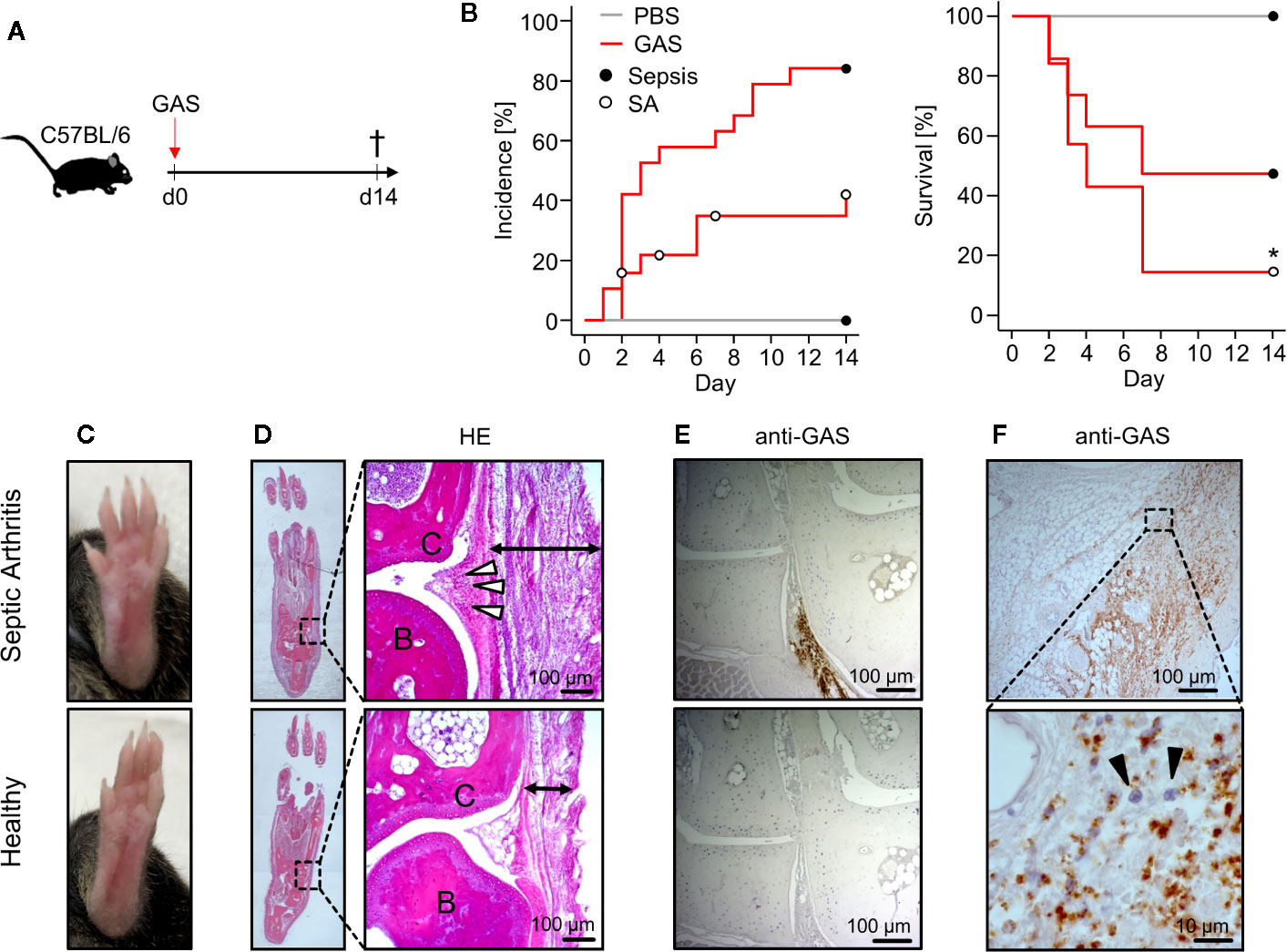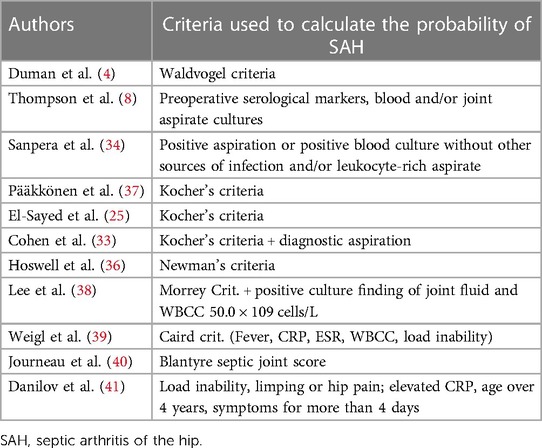Septic arthritis, also known as infectious joint inflammation or SA, is a serious medical condition that occurs when a joint becomes infected. This condition can affect people of all ages but is more commonly seen in children and older adults. It requires prompt diagnosis and treatment to prevent long-term damage to the affected joint and surrounding tissues. In this article, we will explore the causes, symptoms, and available treatments for septic arthritis.

What is Septic Arthritis?
Septic arthritis is an infection within a joint that leads to inflammation. The infection typically results from bacteria entering the joint, though it can also be caused by viruses or fungi in rare cases. When the infection takes hold, it triggers an inflammatory response, leading to pain, swelling, and difficulty moving the affected joint. If left untreated, septic arthritis can cause permanent damage to the joint, cartilage, and surrounding structures.
How Does Septic Arthritis Develop?
The development of septic arthritis often begins with an infection elsewhere in the body. Bacteria or other pathogens can travel through the bloodstream and settle in a joint. Alternatively, an infection may spread directly from nearby tissues, such as a wound or skin infection near the joint. In some cases, the infection can occur following a medical procedure, such as joint surgery or the insertion of a needle into the joint for diagnostic purposes.
Causes of Septic Arthritis
Understanding the causes of septic arthritis is crucial for prevention and early intervention. Below are the primary factors that contribute to the development of this condition:
Bacterial Infections
Bacterial infections are the most common cause of septic arthritis. The bacteria responsible for these infections can vary depending on the patient’s age, health status, and risk factors. Some of the most frequently implicated bacteria include:
- Staphylococcus aureus: This bacterium is the leading cause of septic arthritis in adults. It is often found on the skin and can enter the body through cuts, wounds, or surgical incisions.
- Streptococcus species: These bacteria are another common cause of joint infections and are often associated with respiratory or skin infections.
- Neisseria gonorrhoeae: This bacterium is responsible for sexually transmitted infections and can lead to septic arthritis in younger adults.
- Haemophilus influenzae: Although less common due to widespread vaccination, this bacterium can still cause joint infections in young children.
Viral and Fungal Infections
While bacterial infections are the primary cause of septic arthritis, viral and fungal infections can also lead to joint inflammation. Viral infections, such as hepatitis or human immunodeficiency virus, may occasionally result in joint involvement. Fungal infections are rare but can occur in individuals with weakened immune systems, such as those with diabetes or cancer.
Risk Factors
Certain factors increase the likelihood of developing septic arthritis. These include:
- Age: Infants and older adults are at higher risk due to weaker immune systems.
- Joint Conditions: People with pre-existing joint conditions, such as rheumatoid arthritis or osteoarthritis, are more susceptible to infections.
- Recent Joint Surgery: Surgical procedures involving the joints can introduce bacteria into the area.
- Intravenous Drug Use: Injecting drugs increases the risk of introducing bacteria into the bloodstream.
- Weakened Immune System: Conditions like diabetes, cancer, or HIV/AIDS compromise the body’s ability to fight infections.
Symptoms of Septic Arthritis
Recognizing the symptoms of septic arthritis is essential for early diagnosis and treatment. The symptoms can vary depending on the affected joint and the underlying cause of the infection. However, there are several hallmark signs to watch for:
Joint Pain and Swelling
The most prominent symptom of septic arthritis is severe pain in the affected joint. The pain is often sudden and intense, making it difficult to move the joint. Swelling and redness around the joint are also common, as the body responds to the infection with inflammation.
Fever and Chills
Many individuals with septic arthritis experience systemic symptoms such as fever and chills. These symptoms indicate that the body is fighting an infection and should not be ignored.
Warmth and Tenderness
The skin over the affected joint may feel warm to the touch and tender. This warmth is a result of increased blood flow to the area as part of the inflammatory response.
Limited Range of Motion
Due to the pain and swelling, patients often find it challenging to move the affected joint. In severe cases, the joint may become completely immobile.
Additional Symptoms in Children
In children, septic arthritis may present slightly differently. Parents should look for signs such as irritability, refusal to use the affected limb, and limping. Fever and lethargy may also accompany these symptoms.
Diagnosis of Septic Arthritis
Diagnosing septic arthritis requires a combination of clinical evaluation, laboratory tests, and imaging studies. Early and accurate diagnosis is critical to prevent complications.
Clinical Evaluation
A healthcare provider will begin by conducting a thorough physical examination. They will assess the affected joint for signs of swelling, warmth, and tenderness. The patient’s medical history, including any recent infections or surgeries, will also be reviewed.
Laboratory Tests
To confirm the presence of an infection, the doctor may order laboratory tests, such as:
- Blood Tests: These tests can detect elevated white blood cell counts and markers of inflammation, such as C-reactive protein.
- Joint Fluid Analysis: A sample of fluid is extracted from the affected joint using a needle. This fluid is then analyzed for the presence of bacteria, white blood cells, and other indicators of infection.
Imaging Studies
Imaging tests, such as X-rays, ultrasounds, or magnetic resonance imaging, may be used to assess the extent of joint damage and rule out other conditions. While imaging cannot diagnose septic arthritis directly, it provides valuable information about the joint’s condition.
Treatment Options for Septic Arthritis
Treatment for septic arthritis focuses on eliminating the infection, reducing inflammation, and preserving joint function. Prompt and aggressive treatment is essential to prevent long-term complications.
Antibiotic Therapy
Antibiotics are the cornerstone of treatment for bacterial septic arthritis. The choice of antibiotic depends on the type of bacteria causing the infection and the patient’s overall health. Treatment typically begins with intravenous antibiotics administered in a hospital setting. Once the infection is under control, oral antibiotics may be prescribed for continued treatment at home.
Joint Drainage
In addition to antibiotics, draining the infected joint is often necessary to remove pus and debris. This can be done through several methods:
- Needle Aspiration: A needle is inserted into the joint to withdraw fluid.
- Arthroscopy: A minimally invasive surgical procedure that allows the doctor to visualize and clean the joint.
- Open Surgery: In severe cases, open surgery may be required to thoroughly clean the joint.
Pain Management
Pain relief is an important aspect of treatment. Over-the-counter pain medications, such as ibuprofen or acetaminophen, can help reduce discomfort. In some cases, stronger prescription pain relievers may be necessary.
Physical Therapy
Once the acute phase of the infection has resolved, physical therapy may be recommended to restore joint function and mobility. A physical therapist will design a customized exercise program to strengthen the muscles around the joint and improve flexibility.
Treatment for Underlying Conditions
If the patient has an underlying condition that contributed to the development of septic arthritis, such as diabetes or rheumatoid arthritis, managing these conditions is crucial. Proper control of chronic diseases can reduce the risk of future infections.
Prevention of Septic Arthritis
While it may not always be possible to prevent septic arthritis, certain measures can reduce the risk:
- Maintain Good Hygiene: Regular handwashing and proper wound care can prevent bacterial infections.
- Manage Chronic Conditions: Keeping conditions like diabetes or arthritis under control can lower the risk of complications.
- Avoid Intravenous Drug Use: Using clean needles and avoiding drug use altogether can prevent bloodstream infections.
- Follow Post-Surgical Care Instructions: Adhering to post-operative guidelines can minimize the risk of infection after joint surgery.
When to Seek Medical Attention
Septic arthritis is a medical emergency that requires immediate attention. If you or someone you know experiences sudden joint pain, swelling, fever, or difficulty moving a joint, seek medical care right away. Early intervention can make a significant difference in the outcome and prevent long-term damage.





